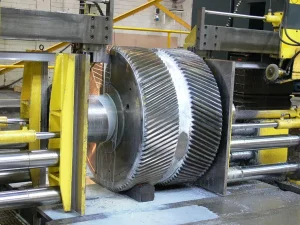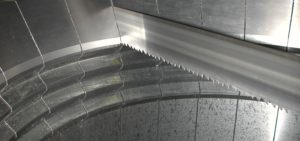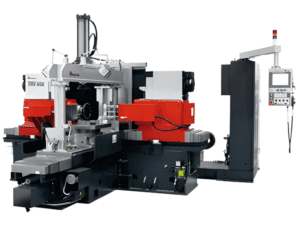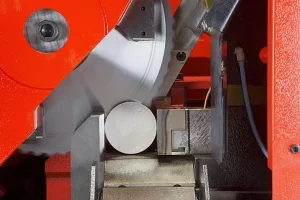A Guide to Bandsaw Blades: Choosing the Right Blade for Your Project
Types of Bandsaw Blades
There are several common types of bandsaw blades, each with unique characteristics:
- Regular Tooth Blades: With evenly spaced teeth, these are ideal for general-purpose cutting of thin materials like wood, plastic, and non-ferrous metals.
- Hook Tooth Blades: Featuring a deep gullet and an aggressive tooth shape, hook tooth blades are designed for fast, rough cuts in thicker materials, such as hardwood or thicker metals.
- Skip Tooth Blades: These blades have fewer teeth and more space between them, making them excellent for cutting softer metals and preventing material from clogging the blade.
Choosing the Right Tooth Per Inch (TPI)
Selecting the Best Blade Material
The blade material also plays a significant role. Carbon steel blades are common for wood and soft metals, while bi-metal blades are preferred for tougher metals due to their durability. Carbide-tipped blades, though more expensive, are highly durable and suitable for cutting through harder metals like stainless steel.
By considering factors such as tooth shape, TPI, and blade material, you can select a bandsaw blade that ensures smooth and efficient cutting for your specific project. Don’t hesitate to experiment and fine-tune your choice for optimal results.





